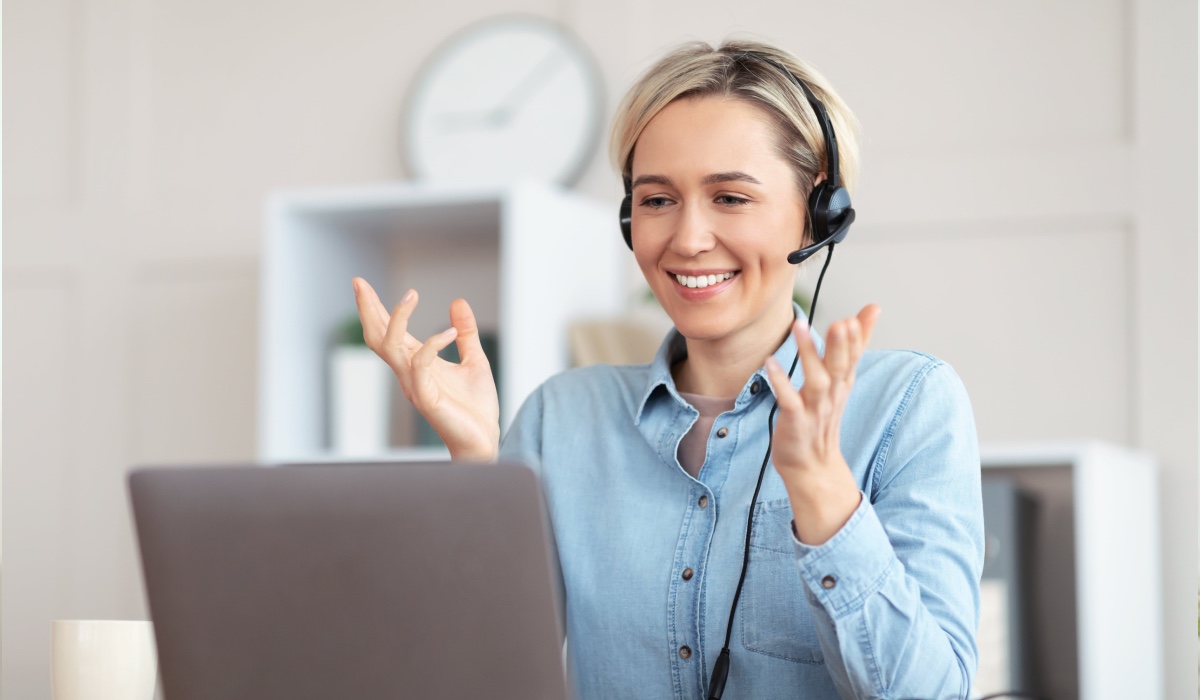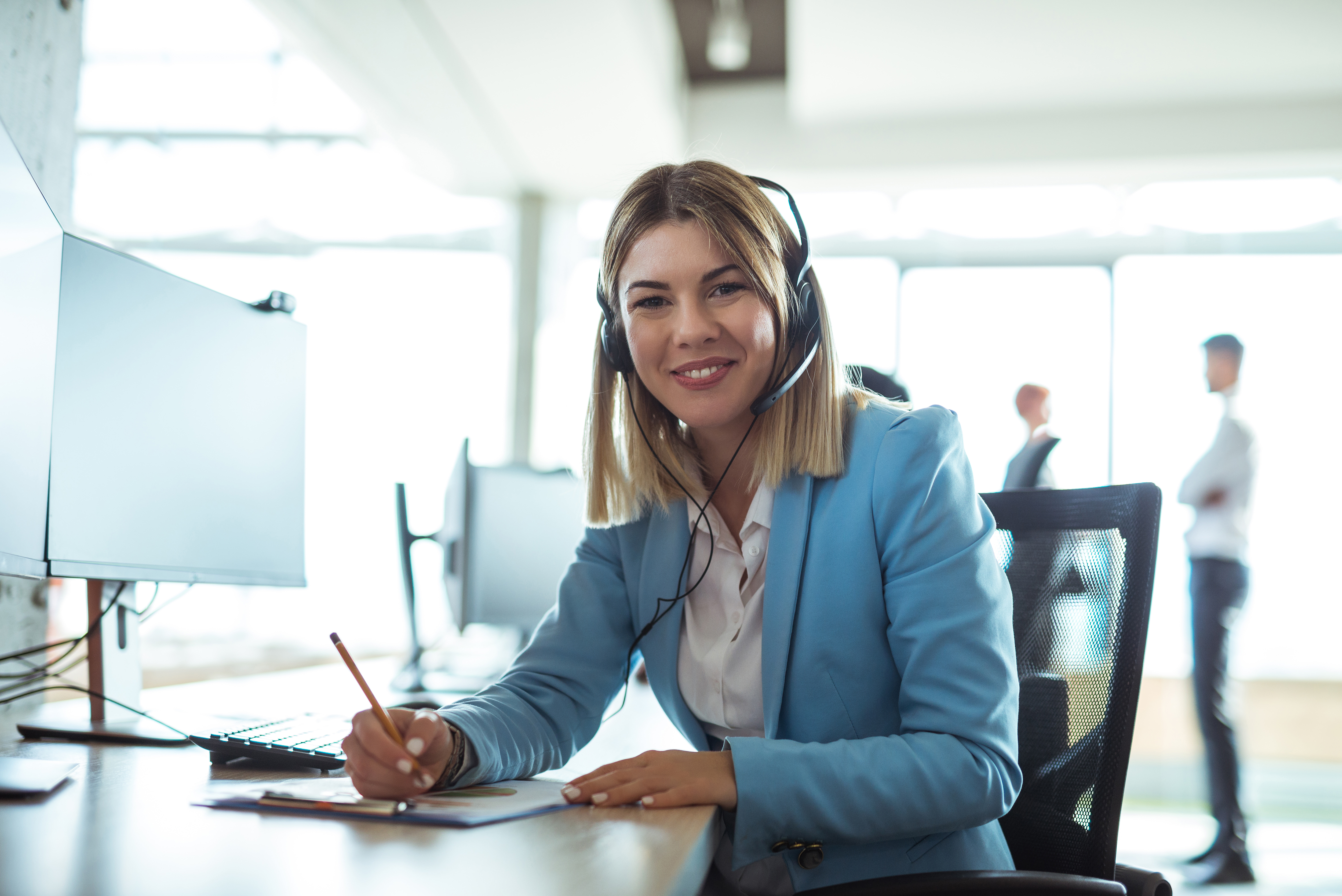All Categories
Featured
Table of Contents
- – What Are The Best Call Answering & Reception Se...
- – Which Brand Of Live Answering Services - Austr...
- – What Is The Best Automated Answering Services ...
- – When Are Best What Is A Phone Answering Servi...
- – What Is The Best Concierge Service In The Wor...
- – What Are The Top 10 12 Best Telephone Answer...
What Are The Best Call Answering & Reception Services - Office Shed
This device and its successors were created by Sava Jacobson, an electrical engineer with a private consulting service. While early voice mail utilized magnetic tape technology, the majority of modern-day equipment uses strong state memory storage; some gadgets use a combination of both, with a solid-state circuit for the outbound message and a cassette for the incoming messages.
"toll conserving" listed below) (virtual answering service). This is helpful if the owner is evaluating calls and does not want to speak with all callers. In any case after going, the calling celebration must be notified about the call having been responded to (most of the times this starts the charging), either by some remark of the operator, or by some welcoming message of the little bit, or addressed to non-human callers (e.
This holds particularly for the Little bits with digitally stored welcoming messages or for earlier devices (prior to the rise of microcassettes) with a special unlimited loop tape, different from a second cassette, devoted to recording. There have actually been answer-only devices without any recording capabilities, where the welcoming message had to inform callers of a state of present unattainability, or e (local phone answering service).
Which Brand Of Live Answering Services - Australia Is The Best?

about accessibility hours. In taping TADs the greeting typically contains an invite to leave a message "after the beep". A voice mail that utilizes a microcassette to record messages On a dual-cassette answerphone, there is an outbound cassette, which after the defined variety of rings plays a pre-recorded message to the caller.

Single-cassette voice mail consist of the outbound message at the beginning of the tape and incoming messages on the remaining space. They first play the announcement, then fast-forward to the next readily available space for recording, then tape-record the caller's message. If there are numerous previous messages, fast-forwarding through them can trigger a significant hold-up.
This beep is frequently described in the greeting message, requesting that the caller leave a message "after the beep". Little bits with digital storage for the taped messages do not show this delay, naturally. A little bit may offer a push-button control center, where the answerphone owner can sound the house number and, by getting in a code on the remote telephone's keypad, can listen to taped messages, or delete them, even when far from home.
What Is The Best Automated Answering Services - How Do They Work? On The Market Now

Thus the maker increases the number of rings after which it responds to the call (generally by 2, resulting in 4 rings), if no unread messages are presently saved, but responses after the set variety of rings (generally two) if there are unread messages. This enables the owner to discover whether there are messages waiting; if there are none, the owner can hang up the phone on the, e.
Some machines also permit themselves to be remotely triggered, if they have been turned off, by calling and letting the phone ring a certain a great deal of times (usually 10-15). Some service suppliers desert calls already after a smaller sized number of rings, making remote activation impossible. In the early days of Little bits an unique transmitter for DTMF tones (dual-tone multi-frequency signalling) was regionally required for push-button control, given that the formerly utilized pulse dialling is not apt to convey proper signalling along an active connection, and the dual-tone multi-frequency signalling was executed stepwise.
Any incoming call is not identifiable with regard to these residential or commercial properties in advance of going "off hook" by the terminal equipment. So after going off hook the calls should be switched to suitable gadgets and only the voice-type is immediately available to a human, however maybe, nevertheless must be routed to a TAD (e.
When Are Best What Is A Phone Answering Service, And How Does It Work? Sales
What if I told you that you do not have to really get your device when answering a client call? Somebody else will. So practical, ideal? Answering telephone call doesn't need someone to be on the other end of the line. Effective automated phone systems can do the technique simply as efficiently as a live agent and often even much better.
An automated answering service or interactive voice action system is a phone system that communicates with callers without a live person on the line - professional phone answering service. When business utilize this technology, consumers can get the answer to a concern about your company merely by utilizing interactions set up on a pre-programmed call flow.
Although live operators upgrade the customer support experience, many calls do not require human interaction. A simple recorded message or instructions on how a consumer can obtain a piece of info typically resolves a caller's immediate need - business answering service. Automated answering services are an easy and efficient way to direct inbound calls to the best individual.
What Is The Best Concierge Service In The World Right Now
Notification that when you call a company, either for assistance or product questions, the very first thing you will hear is a pre-recorded voice greeting and a series of options like press 1 for customer care, press 2 for queries, and so on. The pre-recorded options branch out to other options depending upon the client's selection.
The phone tree system assists direct callers to the best person or department utilizing the keypad on a smart phone. In some circumstances, callers can utilize their voices. It deserves noting that auto-attendant choices aren't restricted to the ten numbers on a phone's keypad. As soon as the caller has actually picked their very first choice, you can create a multi-level auto-attendant that utilizes sub-menus to direct the caller to the best type of help.
The caller does not need to interact with an individual if the auto-attendant phone system can handle their issue. The automated service can route callers to a staff member if they reach a "dead end" and require assistance from a live agent. It is pricey to hire an operator or executive assistant.
What Are The Top 10 12 Best Telephone Answering Service For Businesses In ...?
Automated answering services, on the other hand, are substantially less costly and provide significant cost savings at an average of $200-$420/month. Even if you do not have actually committed personnel to deal with call routing and management, an automatic answering service improves efficiency by permitting your group to concentrate on their strengths so they can more effectively invest their time on the phone.
A sales lead routed to customer support is a lost shot. If a consumer who has product questions reaches the wrong department or receives incomplete answers from well-meaning workers who are less trained to deal with a particular type of concern, it can be a cause of aggravation and discontentment. An automated answering system can decrease the number of misrouted calls, consequently assisting your staff members make better usage of their phone time while maximizing time in their calendar for other tasks.
With Automated Answering Systems, you can produce a customized experience for both your staff and your callers. Make a recording of your main welcoming, and just upgrade it frequently to reflect what is going on in your organization. You can create as lots of departments or menu choices as you desire.
Table of Contents
- – What Are The Best Call Answering & Reception Se...
- – Which Brand Of Live Answering Services - Austr...
- – What Is The Best Automated Answering Services ...
- – When Are Best What Is A Phone Answering Servi...
- – What Is The Best Concierge Service In The Wor...
- – What Are The Top 10 12 Best Telephone Answer...
Latest Posts
Trusted Business Answering Service Near Me – NSW
Expert Emergency Call Answering Service Near Me
Guaranteed Small Business Answering Service Near Me
More
Latest Posts
Trusted Business Answering Service Near Me – NSW
Expert Emergency Call Answering Service Near Me
Guaranteed Small Business Answering Service Near Me